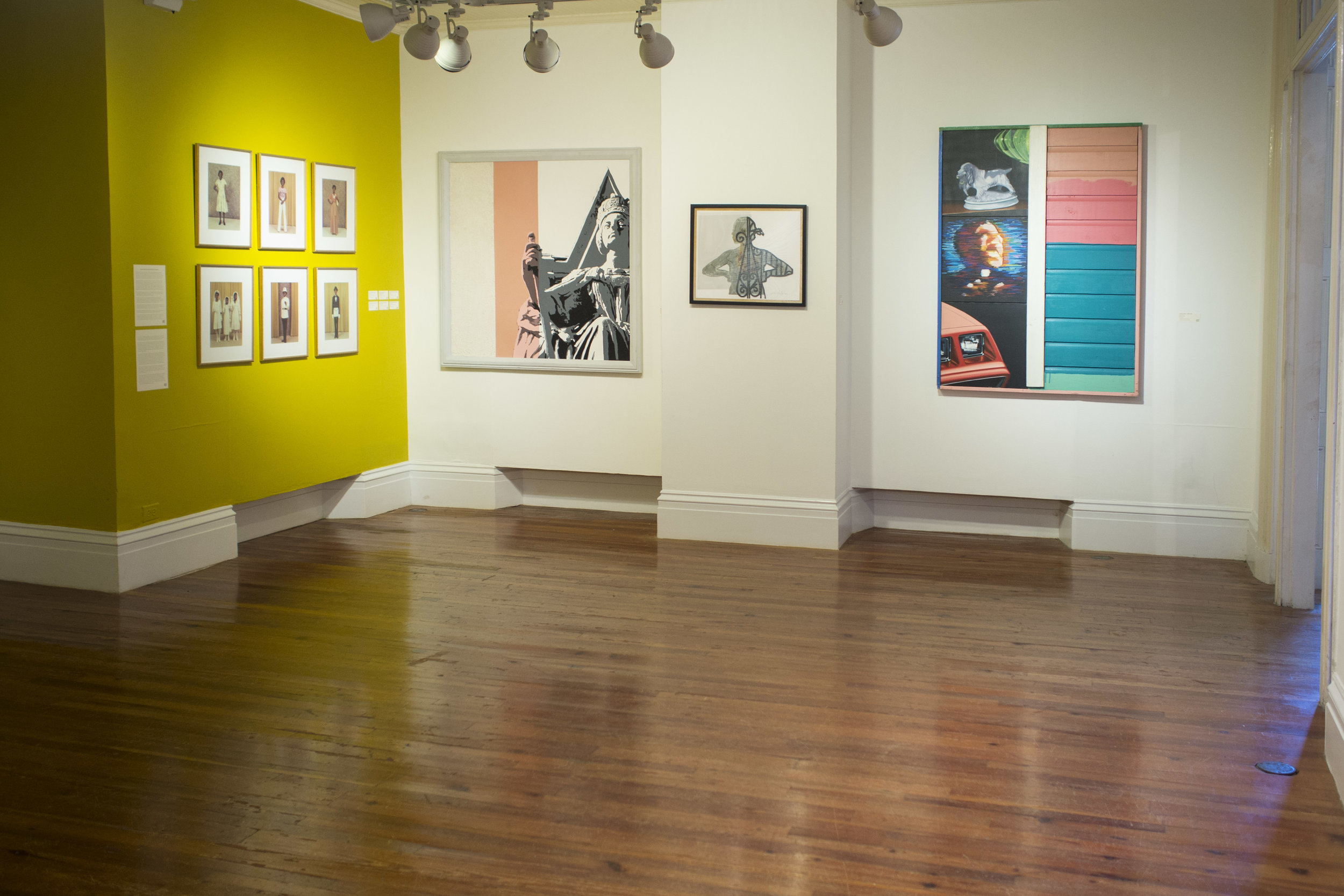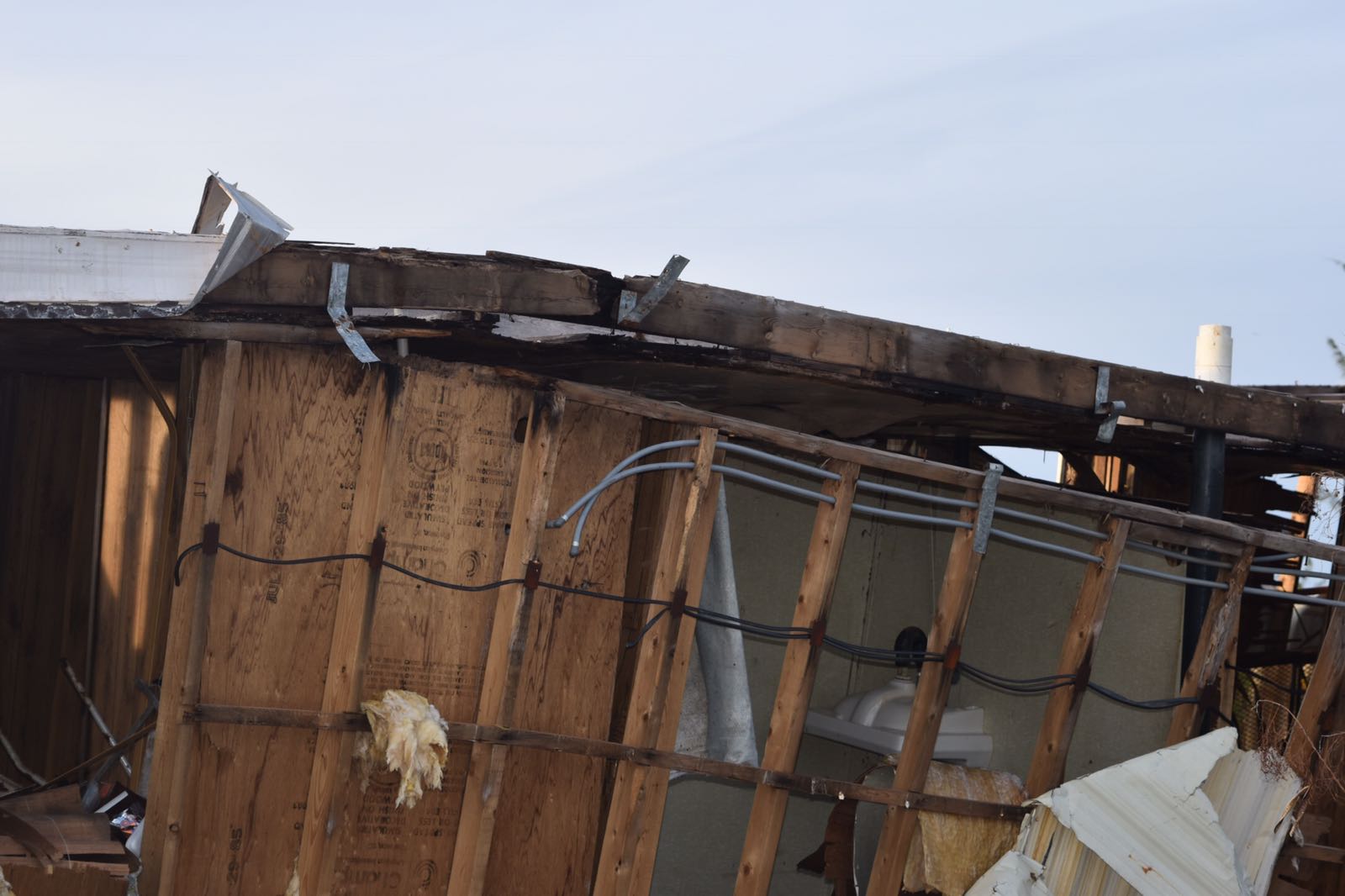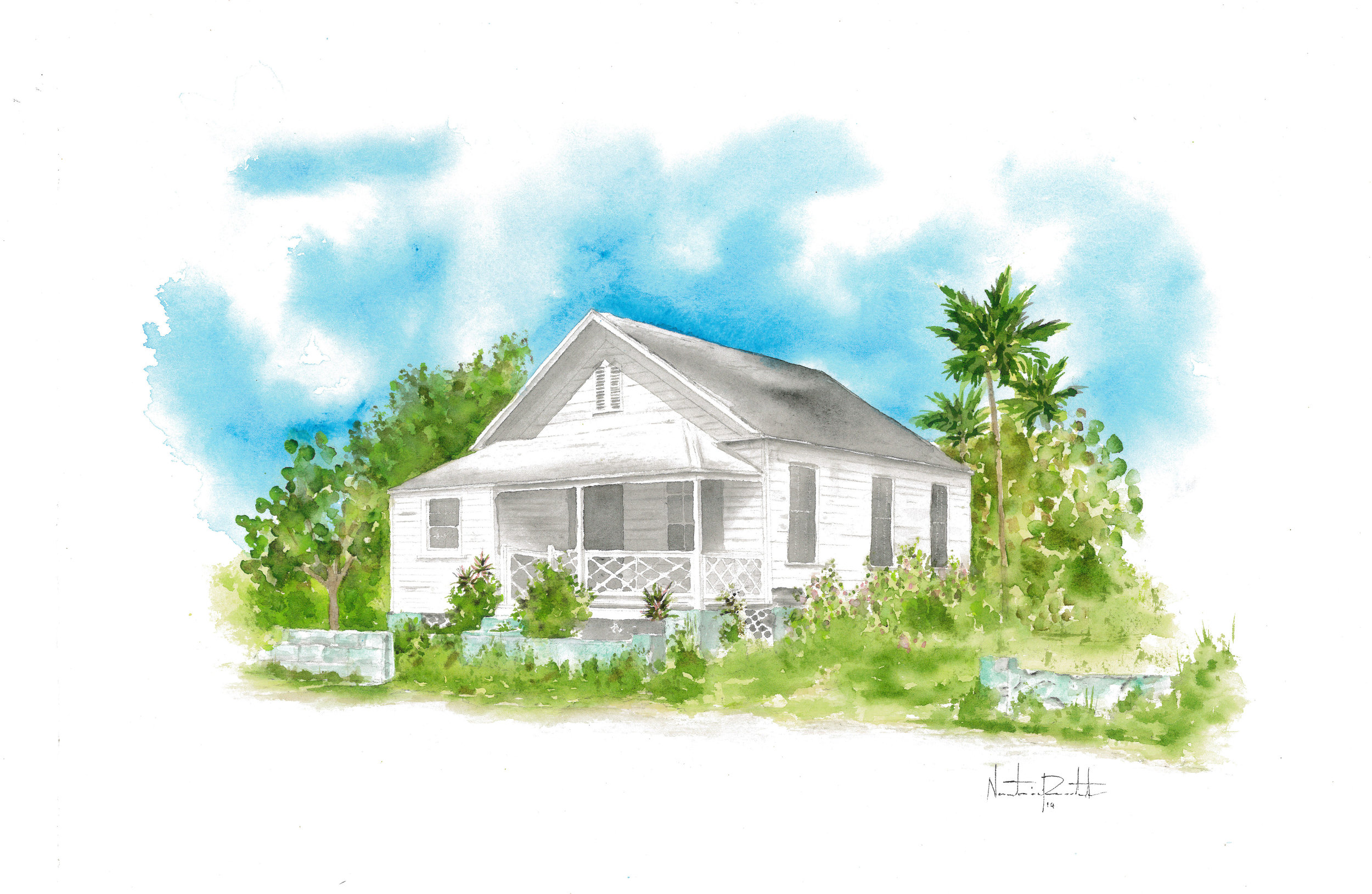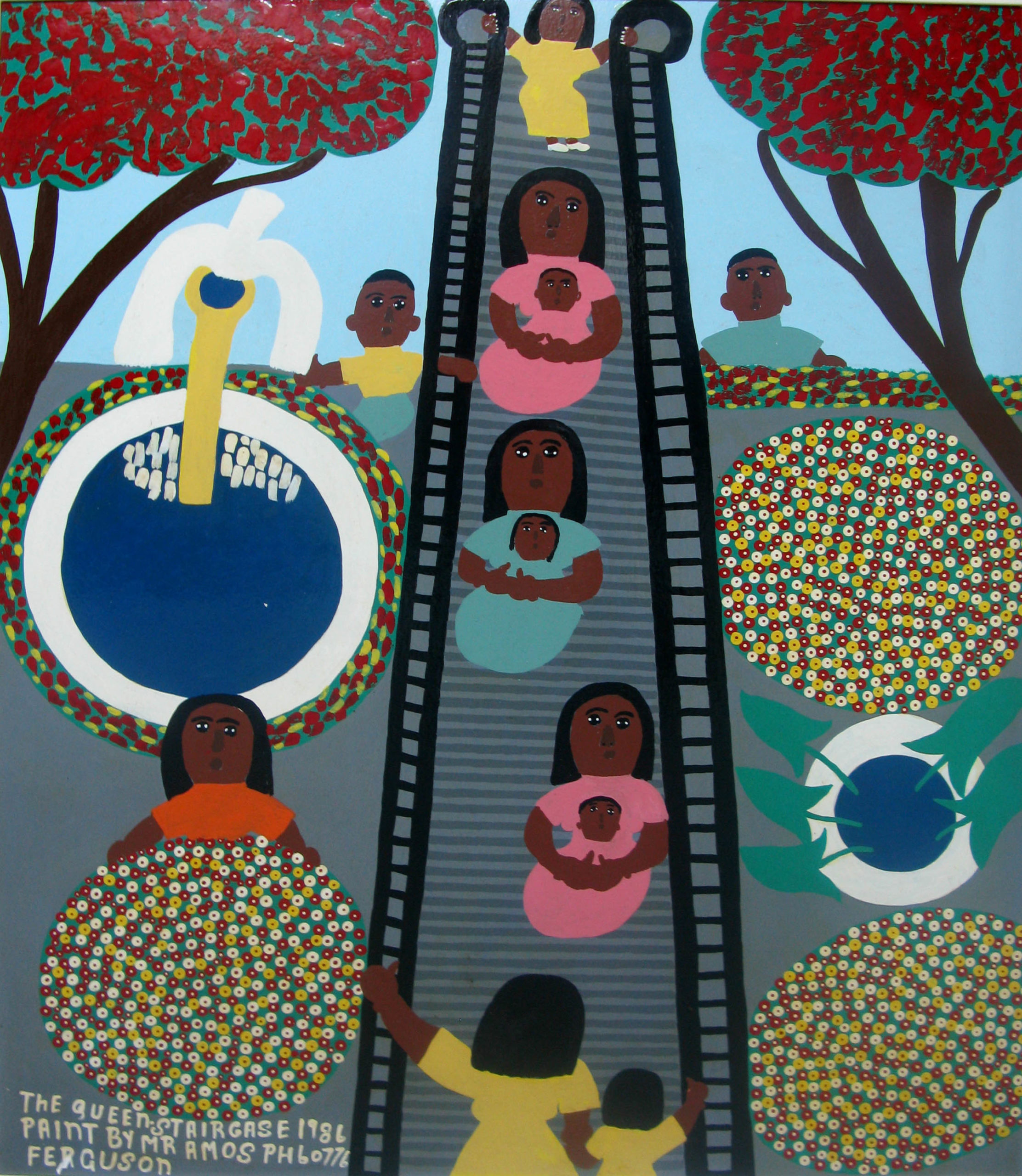By Natalie Willis. By now, many of us who are denizens of the Bahamian art community can easily recognise the curlicue gate-covered figurations of John Beadle. He’s been a fixture in the art community for some time, but this certainly does not indicate any sense of being stagnant. Beadle shifts between media – painting, sculpture, installation – and the message is often rooted in Bahamian history and culture. The series of cardboard and mixed media assemblages he makes using the patterning of metal gates that are ubiquitous, can be seen all over Nassau and the rest of the country. We are a space that is very much determined by borders – national, personal and private. But who do we block from access? And why
All posts by Natalie Willis
In the wake of storms: Moving forward as a nation displaced
By Dr Ian Bethell-Bennett.Dominica, The British Virgin Islands, Barbuda, Puerto Rico, The Bahamas, in particular, Ragged Island and some other southern places, are beautiful and far-flung, exotic and form parts of people’s dreams of paradise. They are paradises on earth and they have been devastated. They have, like many parts of the Commonwealth world, experienced unprecedented natural disasters and suffering in the short space of a few weeks. They are stunning spaces of natural beauty and amazing depth of feeling and life.
From the Collection: “Metamorphosis” (1979) by R Brent Malone
By Natalie Willis. There are few artists who were able to evoke the energy of Junkanoo as Brent Malone did. He didn’t just show vibrant costumes swaying lightly: he showed colours and costumes that vibrated, bodies tense with energy and muscles coiled as cowbells get poised to strike, eyes as red as the feathers from that 3 am lap, sweat dripping down faces holding tired red eyes. Malone set out the path for others to display Junkanoo as the manic, feverish, exhausting, and mesmerizing spectacle it is – he made it his mission to show the feeling at the root of the celebration, the cathartic outpour of energy and freedom. It is fitting that he lends this deference of accurate portrayal to a work that means so much to so many: “Metamorphosis” (1979) is a testament to the idea of a nascent Bahamas, the burgeoning forth of a still transforming nation after independence
If an Entire Population Moves, Is It Still a Nation?: Post-Irma and Post-Colonial Devastation
By Dr Ian Bethell-Bennett. A few weeks ago, this question was asked in a column that focused on the death of legendary artist Sam Shepard. Today, I ask this question again in the wake of Hurricane Irma’s devastation to the map of Bahamianness and Caribbeanness. As a people who survived the reality and the legacy of slavery and resettlement, we do not take time to process our grief. We do not sit and ponder! We do not have time. Our lives are so often predetermined by external forces that are both visible and invisible to the eye that we are always moving. What has occurred over the last two weeks is mostly invisible, aside from the obvious and daunting structural and spatial devastation we see on the surface.
The Clapboard House: A Disappearing Relic within The Bahamian Landscape
By Keisha Oliver. In the aftermath of Hurricane Irma’s devastation, as the Caribbean recovers and rebuilds, it would be remiss not to pause and reflect. In moving forward, there is much to be considered from our survival and journey as an island people. Our social and physical landscapes have and will continue to weave the rich cultural fabric of our existence once we continue to value and preserve them.
The Art of Survival: Rebuilding for the Future
By Malika N Pryor. When I moved to The Bahamas in 2013, I knew that it was possible to encounter one of them. Like the unspeakable name of a villain in a famous children’s book turned film series, I talked about the storms that originated on the shores of West Africa in a low voice, as if I’d awaken them if spoken at a regular volume. Most Nassau residents I encountered were largely unbothered, and I was amazed at how casual most were when it came to the conversation of hurricanes. Then, in 2015 Joaquin hit the southern islands and I realised how incredibly close they could be. I ached for those who had lost nearly everything and for their family members who watched from their screens in New Providence.
Internationalising The Bahamas and its Orange Economy: Creating industries for the 21st Century
By Dr Ian Bethell Bennett. According to the governor of the Central Bank of The Bahamas, John A. Rolle: “The Concept of Orange Economy been around for 20 years. All sectors whose goods and services are based on [Intellectual Property], Architecture, Art… [this is the] [e]volving space of creativity. . . 4.3 trillion dollars [are spent in it] 2/12 times military expenditure”… London, New York, Miami, all bring in millions a year from the Creative Industries. This is where the growth is in the economy; it is not in the imports that drain the cash from the national coffers. Shakespeare in Paradise is a tremendous example of the local Orange Economy. As the world advances into a service-oriented economy, where more people enjoy entertainment outside of their homes, or entertainment that they can access through the World Wide Web, we also stand to gain access to untapped markets. However, we, as the people of The Bahamas, have to be there. Currently, we are not.
We Lost Two Cultures That Day: Hurricane Irma and the Loss of Cultural Material
By Natalie Willis. It’s easy to think of culture as being purely in the hands of the people: it’s in our mother tongues, our food, our dance and architecture. And, in many ways, it is. But it also leaves a residue, it sticks to our spaces and buildings and trees and forests and oceans, so that when our elders pass on, they leave just a tiny bit of themselves around for us to remember what we come from and we build upon that. With this in mind, and with heavy heart, we must look to the implications of Irma and her aftermath. Both Inagua and Ragged Island were deemed uninhabitable this week and it is important to look at the full extent of what that means… We lost two cultures.
Living in the Shadows of Empire: Territories of Dark and Light
Remembering our past – navigating our shadowy future. Dr. Ian Bethell-Bennett explores the commonalities of post-colonial countries in last Saturday’s “Arts and Culture.”
Max/Amos Bids Farewell in Exuma: The masters take a bow
By Katrina Cartwright. After a two-year journey that took this iconic exhibition to three islands – Grand Bahama, Eleuthera and Abaco- it is only fitting that the Max/Amos traveling exhibition bids us farewell in Exuma, the hometown of Bahamian folk and master artist, Amos Ferguson.









